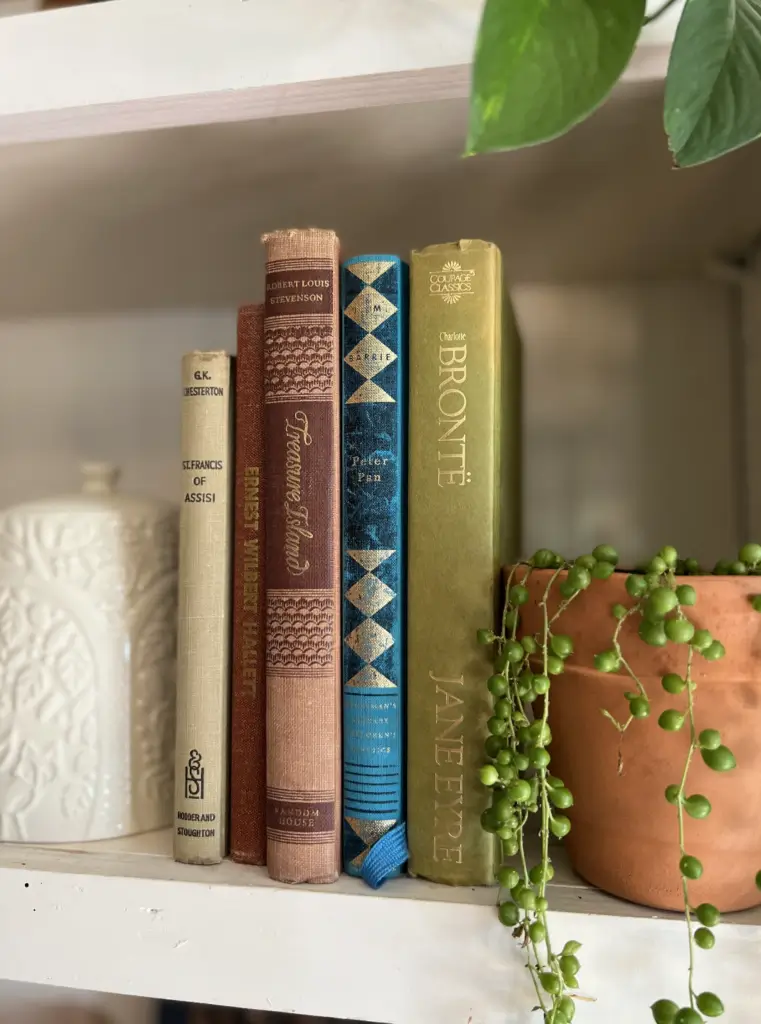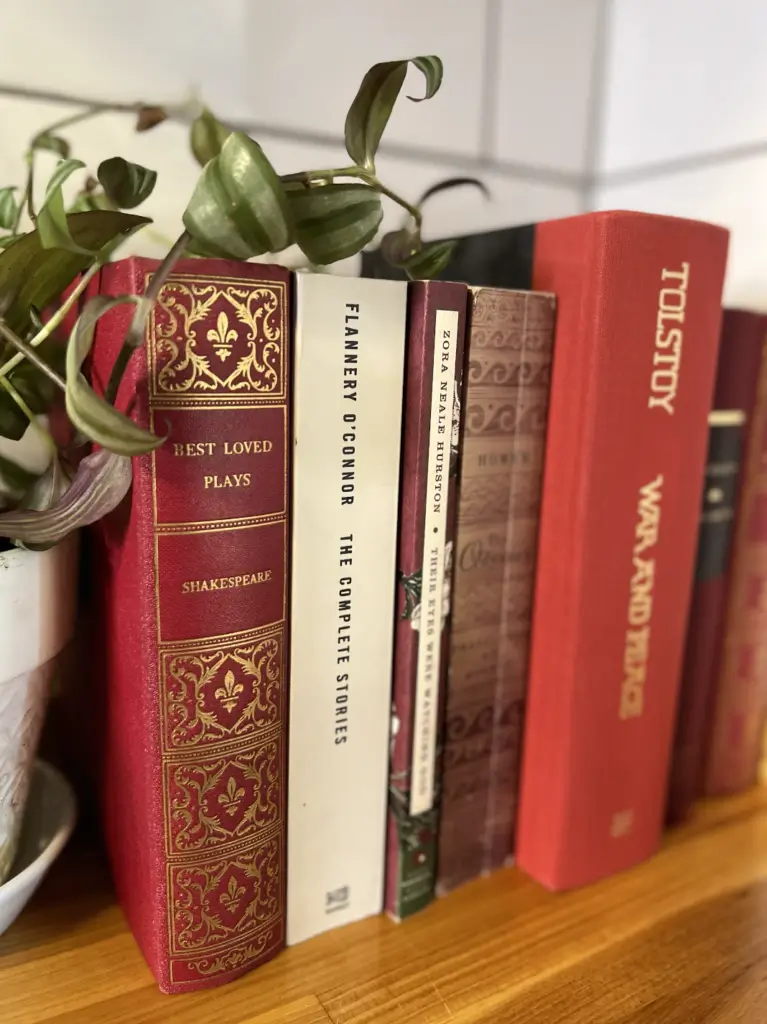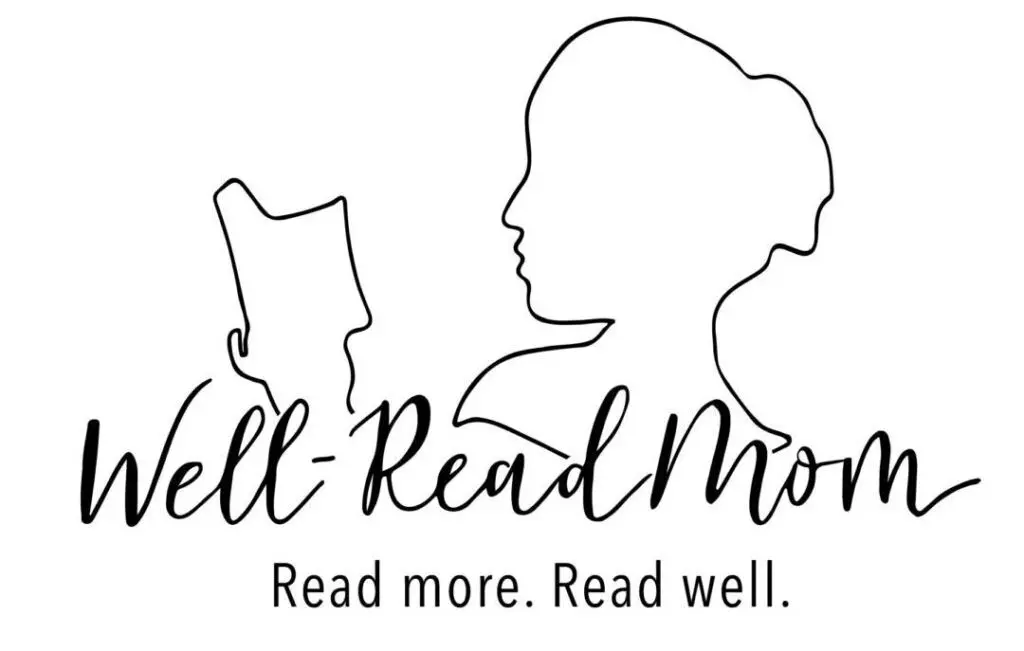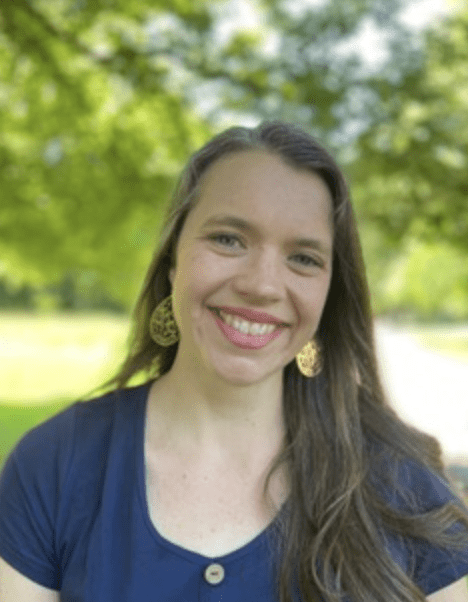Why We Should Read Hard Books—Part One
Written by Carla Galdo
Three questions may help readers discern which literature is worthy of their time and effort. First, is the book recommended by tradition? Is it a “classic” in the broadest sense possible? Have great literary thinkers throughout history acknowledged the worth and the artistry of this book? This can be a difficult question when books which have traditionally been considered valuable and worth reading are being dismissed and replaced with other, often more contemporary books of questionable quality. G.K. Chesterton, in his book Orthodoxy, explains the problematic error of this trend, particularly when it is enacted as a way of “democratizing” the literary canon:
Tradition means giving a vote to the most obscure of all classes, our ancestors. It is the democracy of the dead…Tradition refuses to submit to the small and arrogant oligarchy of those who merely happen to be walking about. All democrats object to men being disqualified by the accident of birth; tradition objects to their being disqualified by the accident of death. Democracy tells us not to neglect a good man’s opinion, even if he is our groom; tradition asks us not to neglect a good man’s opinion, even if he is our father.
At the same time, it is important to keep the door open to contemporary books that may not yet have had the chance to face the test of history. A second key question to ask, then, when faced with a more modern book is: Does this book illuminate the human in some important way? Does it echo the central questions that enduring classics have asked for millennia: What is it to be human? What are a human person’s most fundamental needs? How do we live in a fallen world? How do we cope with death? What gives life meaning?
Finally, whether historic or contemporary, a reader must ask a third question: does this book’s style and craft reach levels that might be characterized as excellent or skillful? In Catholic or Christian circles there is often the tendency to excuse lackluster art as “passable” literature on the basis of its virtuous or religious themes. Flannery O’Connor, one of the consummate American Catholic writers of the 20th century, frequently took issue with this and quipped: “The Catholic novelist doesn’t have to be a saint; he doesn’t even have to be a Catholic; he does, unfortunately, have to be a novelist.” She pointed out repeatedly in her writings and her speeches that the artistic quality of a book—its integrity as art per se and its literary value—must be separated from the author’s faith and virtue (or lack thereof). Here she describes excellence in craft for a Catholic author approaching a sacramental topic:

When I write a novel in which the central action is a baptism, I am very well aware that for the majority of my readers baptism is a meaningless rite, and so in my novel I have to see that this baptism carries enough awe and mystery to jar the reader into some kind of emotional recognition of its significance. To this end I have to bend the whole novel—its language, its structure, its action. I have to make the reader feel, in his bones, if nowhere else, that something is going on there that counts.
The fictional novel (or short-story, or drama) is a unique creation, distinct from catechesis and apologetics, and as such we evaluate it on different grounds. O’Connor explains: “For the fiction writer himself the whole story is the meaning, because it is an experience, not an abstraction.” There is, to be sure, a time and place for direct value statements; fictional literature, she points out, is not that place. In fiction—in a consummately Catholic way—meaning becomes incarnate via the complex tapestry of character, plot, theme, language, and setting. Books that accomplish this feat, even if the characters or author are less than saintly, reach the level of meaningful literary art, and are worth a thoughtful read.
Having established that a book is worthwhile, the question then becomes how to read—must we, to remain “safe” from any corrupting influence the book or author may hold, stand above the book as a critical judge? Not necessarily. C.S. Lewis emphasizes humility as a key element of good reading:
The first demand a work of art makes upon us is surrender. Look. Listen. Receive. Get yourself out of the way. (There is no good asking first whether the work before you deserves such a surrender, for until you have surrendered you cannot possibly find out.)

We all inevitably come to a work with perspectives shaped by our circumstances; humility while reading doesn’t mean erasing these. It may, however, mean loosening our grip on certain preconceptions we cling to a bit too tightly, or setting aside the judge-and-jury part of ourselves that stands always ready to convict a work that suggests opinions contrary to our own. To accept the work as it is, we may even be challenged to visit or inhabit realms which are less comfortable for us. At the same time, the surrender suggested by Lewis comes with a commonsense caveat: if, due to a particular vulnerability, a reader can tell that a certain work of literature might be spiritually harmful due to some still-smarting trauma, with proper self-knowledge and discernment, a reader can elect to set aside that particular book. Perhaps the book may prove worthwhile for the individual with the passage of time. And yet, it bears repeating that the need to avoid a particular work for a season or for a lifetime does not, however, invalidate the importance of this literature for others.
Confidence is a second key element of good reading; this is important because sometimes a misguided sense of humility convinces readers that there are certain books too lofty, or too hard, for them to approach. Lack of knowledge or literary expertise need not be a barrier to reading, however. A good general education paired with a quick internet search can give enough bare-bones historical or cultural details to equip us for an initial reading of many tough literary classics. Confidence also helps turn down the persistent cultural murmur that attributes “bias” to each and every identifying characteristic about us, and helps us trust that our own life, with its God-given particularities, is a legitimate starting place from which we can appreciate, consider, and evaluate art. “Anyone who reads,” muses Wallace Stegner in his novel Crossing to Safety, “is to some extent a citizen of the world.” We all have space to grow, of course, but the humbly confident reader knows it’s okay to begin the reading journey with the perspective and knowledge we are equipped with right now.
A third and final element of good reading is honesty, particularly honesty about our own woundedness. Stratford Caldecott elaborates on the value of our wounds:
A wound, if you think about it, is an occasion when what is within us is exposed, when the life-blood is poured out and becomes accessible to others. In Christ’s case, what is within him is love, the Holy Spirit. The places where human sins inflicted pain on him are the very places where, because that pain was accepted on our behalf and for our sake, Christ’s love was most fully expressed.
Wounds in our own lives can come from other-inflicted trauma, or from personal shortcomings that led us astray. So often we can be tempted to paper over these wounds, because if, as Caldecott explains, wounds expose our most vital selves to others, they make us vulnerable. The parts of ourselves that wounds reveal may be less flattering—or even downright hideous—and we clamor to turn our own eyes and those of others away. In books worth reading, we meet broken, scarred characters living in the midst of the messy world where there are no simple solutions. If we are honest, such characters have the potential to reflect rays of ourselves back at us, and with the safety of a bit of paper-enforced distance, we can watch someone wrangle with their wounds. While some may spiral down into self-destruction, some may come out on top—more empathetic, wise, or brave. Even Christ’s wounds weren’t edited away from his glorified body; they remain, sacrificial scars that tell a tale of love. Perhaps our own wounds are similar raw material for greatness.
If we are to be a pilgrim people whose hearts encompass the whole world, we can’t circle our wagons and set up camp in “safe spaces,” listening only to voices that agree with our own. Certainly, we can take the time to scan opposing media outlets now and then, but even more fruitful may be the practice of picking up a book, perhaps a classic novel of historical relevance, or a more contemporary book, recommended for its craft and literary heft by a trusted source. Many will struggle with what they find between the covers of such books. Whether it is a dense writing style, an unfamiliar time period, or even scandalous characters, there are many stumbling blocks to trip a reader between the beginning and “The End.” However, honest, confident contemplation of such literature, tempered with a dash of humility, may equip us with a surprising new appreciation of humanity’s common challenges and a new ability to listen, learn from, and engage with those who seem to dwell on the other side of insurmountable divides.
This article is adapted from the Well-Read Mom’s “Criteria for Book Choices,” crafted collaboratively by Carla Galdo and Colleen Hutt, with assistance from the ideas of Marcie Stokman, Alison Solove, and the other women of the Well-Read Mom Leadership Team. This article was first published in Humanum: Issues in Family, Culture, & Science. You can read it here.
About Well-Read Mom
For our Tenth Anniversary, the reading list put together by Well-Read Mom reflects on the theme of family. In Well-Read Mom we desire to create a place for women, not to escape from family life and work, but to experience a kind of leisure through friendship and literature so that women can return to their lives with a renewed vision and vigor. By reading books together, we help sustain a tradition of reading, which is a gift not only to our families but to the world. We hope you’ll join Well-Read Mom for our Year of the Family. Find out more.

Check out Well-Read Mom on social media!

